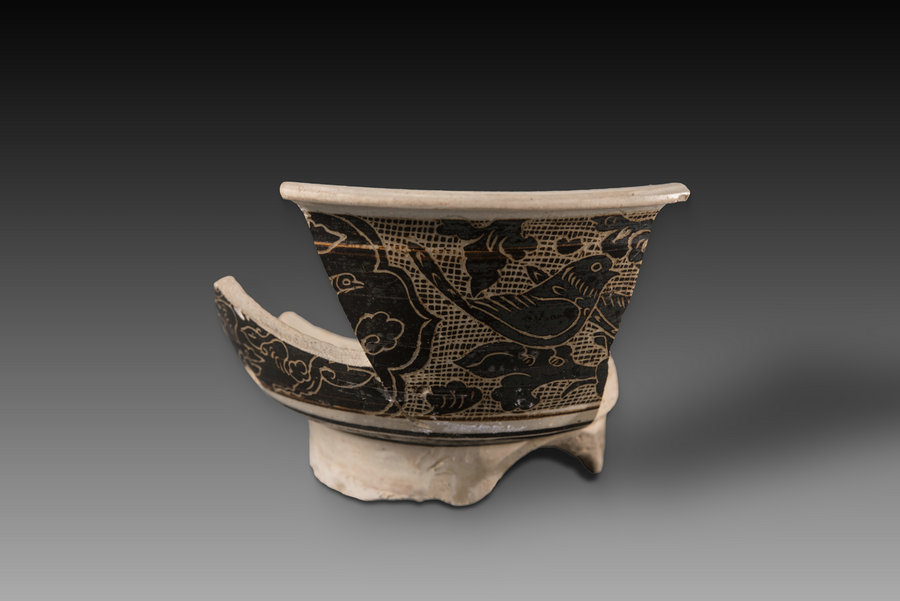

The archaeological excavation at Chencun was the first time for researchers to establish a crucial point in the history of Huozhou's pottery industry. It provides basic scientific and systematic data for the study of the firing history, technology, production scale, economic form, and traditional influence and development of the Huozhou kilns, Liu said.
There are many archaeological findings of ancient porcelain kilns in China, but the discoveries at Chencun are still considered significant, with researchers placing them as one of the country's top 10 archaeological findings of 2023. At a seminar on the findings at Chencun in December, Chinese historians and scholars said that the Huozhou kilns site represents the highest level of white porcelain technology in northern China in the Yuan Dynasty, calling it the "swan song" or "last glory" of white porcelain in North China.
Many Chencun residents are well aware of the importance of cultural heritage protection. Wang Baoqing is responsible for keeping watch over the ruins in the old, empty section of the village, with local farmers moving to the new site. Wang knows the village's temples date back to the Yuan and Ming dynasties. He gets 10 yuan ($1.38) a day for his work but he takes it seriously.
"As long as I am a keeper for this cultural heritage, I will do my best," Wang said.
In the summer of 2022, fellow Chencun villager Zheng Honghu found a pile of white ceramic pieces when he built a cistern in his courtyard.